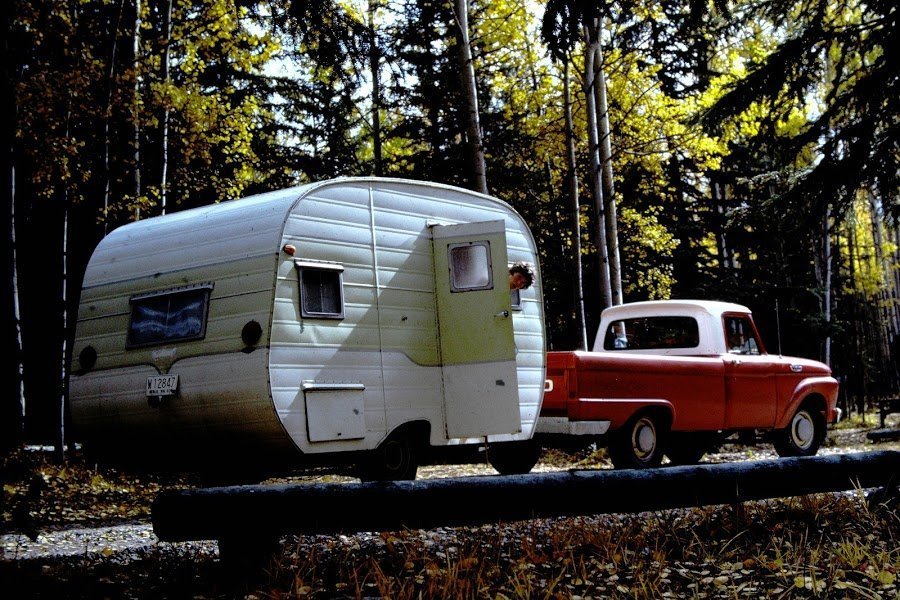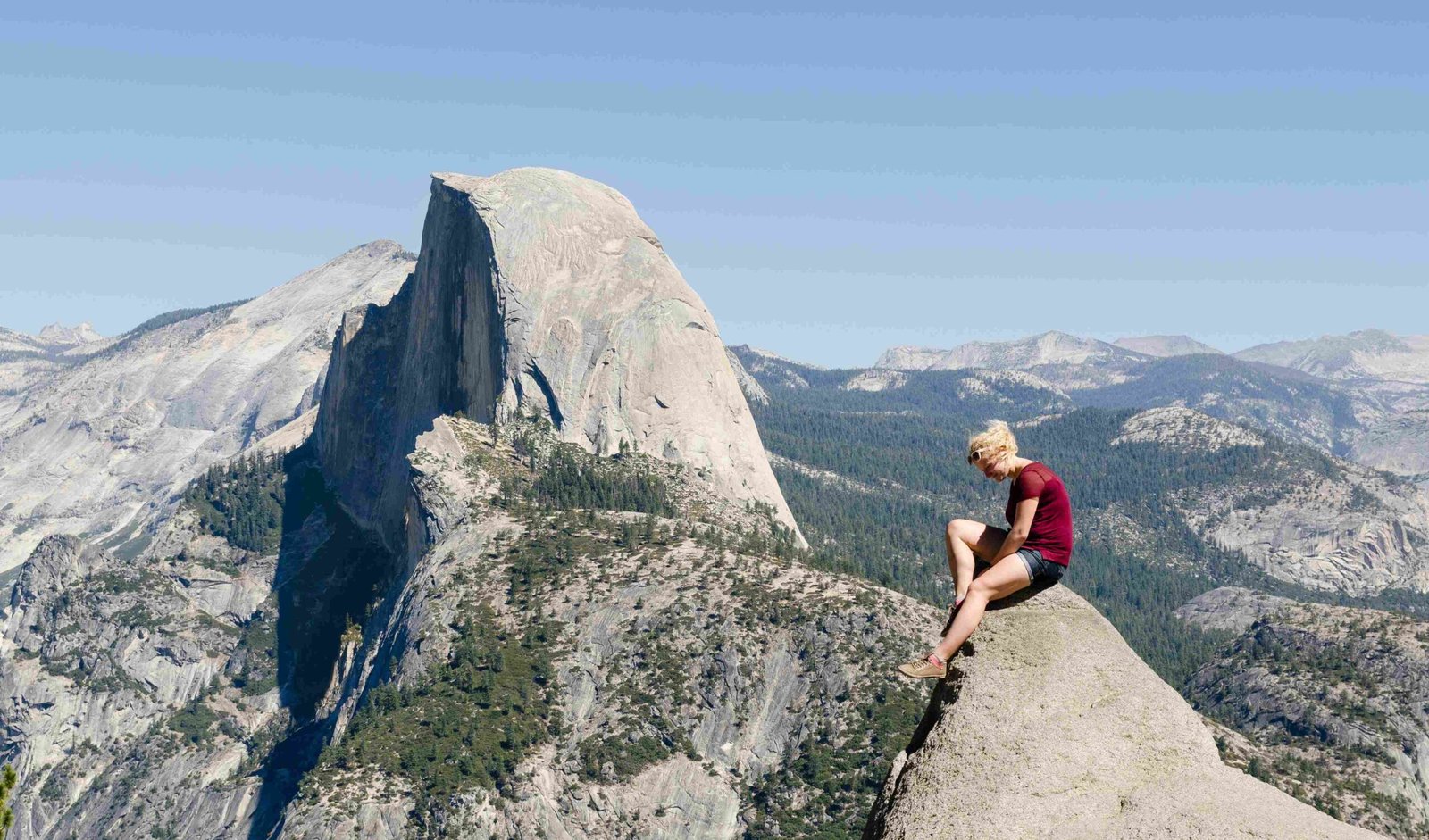Glacier National Park is home to two iconic bear species: the American black bear and the grizzly bear. These magnificent creatures roam the diverse landscapes of the park, from dense forests to alpine meadows. With an estimated population of 600 black bears and 300 grizzlies, the park offers visitors a unique opportunity to observe these animals in their natural habitat. This guide explores the characteristics, habitats, and conservation efforts surrounding the bear species in Glacier National Park.
What Bear Species Can Be Found in Glacier National Park?

Glacier National Park is home to two primary bear species:
- American Black Bear (Ursus americanus)
- Grizzly Bear (Ursus arctos horribilis)
Let’s explore each species in detail:
American Black Bear
- Population: Approximately 600 individuals
- Habitat: Forests, slide areas, alpine meadows
- Characteristics:
- Smaller than grizzlies
- Black, brown, or cinnamon coat
- No shoulder hump
- Straight facial profile
Grizzly Bear
- Population: Approximately 300 individuals
- Habitat: Forests, slide areas, alpine meadows, lowland meadows
- Characteristics:
- Larger than black bears
- Brown to blonde coat
- Distinctive shoulder hump
- Dish-shaped facial profile
How Common Are Bear Encounters in Glacier National Park?

While specific annual encounter statistics are not available, bear sightings are common in Glacier National Park. Visitors are advised to be bear-aware and report any sightings to park rangers. Here are some key points about bear encounters:
- Sightings range from distant observations to close encounters
- Grizzly bears generally avoid humans when possible
- The park provides guidelines for safe behavior during bear encounters
- Increased grizzly populations may lead to more frequent sightings
What Conservation Efforts Are in Place for Bear Species?
Glacier National Park and surrounding areas have implemented several conservation initiatives to protect and study bear populations:
-
DNA Sampling: The Northern Divide Grizzly Bear Project uses hair snag stations to collect DNA samples for population estimates.
-
Radio Collaring: GPS-enabled collars track individual bears, providing data on survival rates and population trends.
-
Habitat Preservation: Efforts focus on maintaining key food sources and addressing habitat fragmentation.
-
Legal Protection: Grizzly bears are listed as a threatened species under the Endangered Species Act.
These efforts have contributed to the recovery of grizzly bear populations in the Greater Yellowstone and Northern Continental Divide ecosystems.
Where Do Bears Prefer to Live in Glacier National Park?
Bear habitat preferences and seasonal movements vary between species:
American Black Bear Habitat
- Adaptable to various elevations and vegetation types
- Often found in forested areas
- Proficient climbers, sometimes sleep in trees
Grizzly Bear Habitat
- Prefer mid to upper slopes with northern exposures
- Denning sites typically between 6,000 and 10,000 feet elevation
- Seasonal movements:
- Spring: Valleys and lower elevations for early vegetation growth
- Summer/Fall: Higher elevations for foraging
- Winter: Denning (November to March)
What Should Visitors Know About Bear Safety in Glacier National Park?
Visitors to Glacier National Park should be aware of bear safety guidelines:
-
Make Noise: Alert bears to your presence by talking loudly or using bear bells.
-
Carry Bear Spray: Know how to use it and keep it easily accessible.
-
Travel in Groups: Bears are less likely to approach larger groups.
-
Store Food Properly: Use bear-resistant containers or hang food at least 10 feet high and 4 feet from tree trunks.
-
Stay Alert: Watch for signs of bear activity, such as tracks or scat.
-
Give Bears Space: If you encounter a bear, slowly back away and give it plenty of room.
-
Report Sightings: Inform park rangers of any bear encounters or unusual animal behavior.
How Do Bears Impact the Ecosystem of Glacier National Park?
Bears play a crucial role in the Glacier National Park ecosystem:
- Seed Dispersal: Bears spread seeds through their scat, aiding in plant distribution.
- Nutrient Cycling: Their foraging and waste contribute to soil enrichment.
- Population Control: As predators, they help regulate prey species populations.
- Indicator Species: Bear health and population trends reflect overall ecosystem health.
What Are the Challenges Facing Bear Species in Glacier National Park?
Despite conservation efforts, bear species in Glacier National Park face several challenges:
-
Habitat Loss: Human development and climate change impact available bear habitat.
-
Human-Bear Conflicts: Increased visitation can lead to more frequent encounters and potential conflicts.
-
Food Source Changes: Climate change affects the availability of traditional food sources like whitebark pine nuts.
-
Genetic Isolation: Fragmented habitats can lead to reduced genetic diversity in bear populations.
-
Vehicle Collisions: Bears are at risk when crossing roads within and around the park.
Addressing these challenges requires ongoing research, conservation efforts, and public education to ensure the long-term survival of bear species in Glacier National Park.